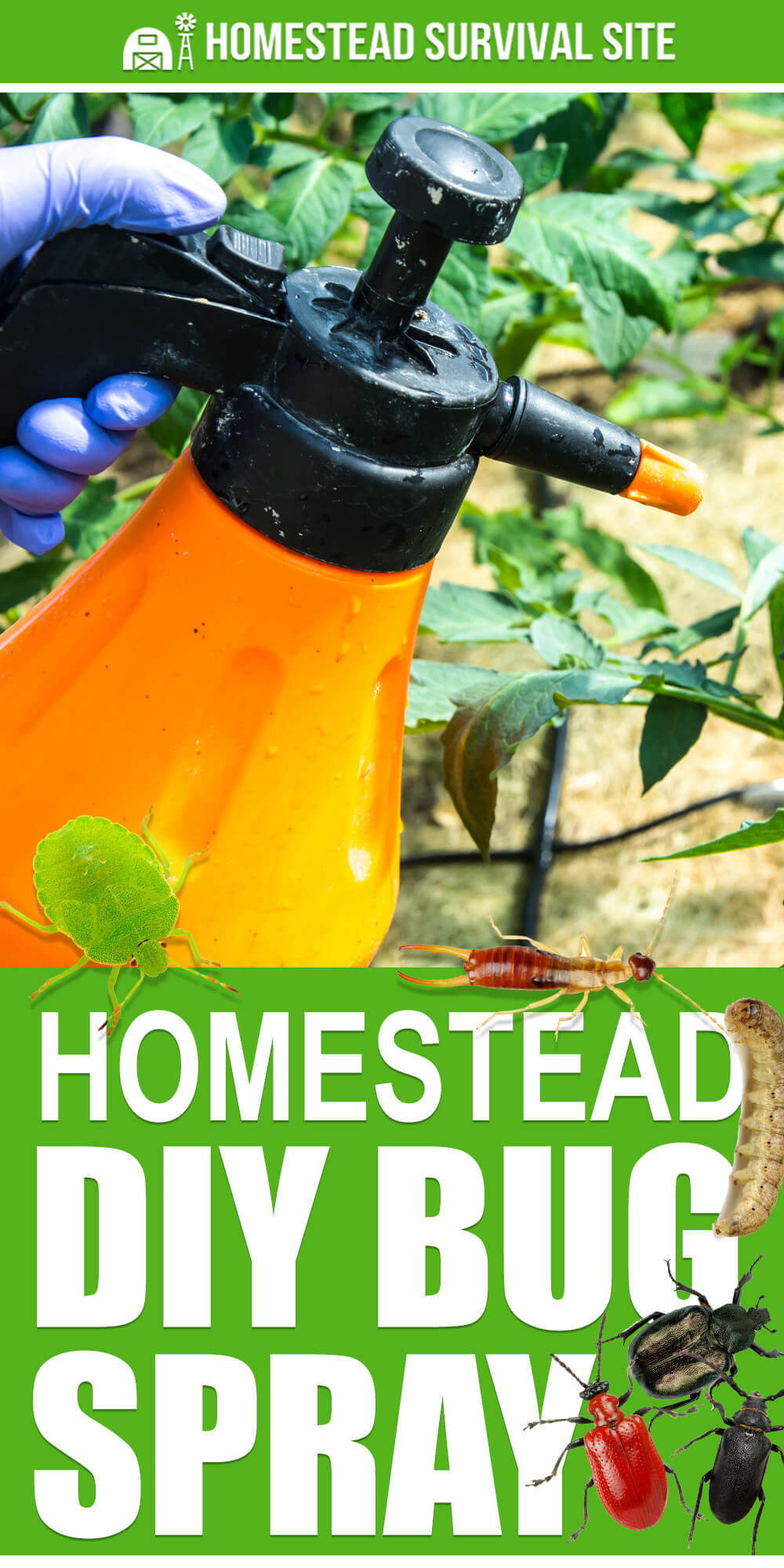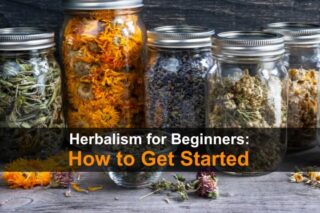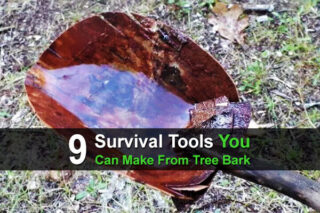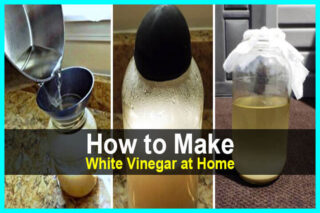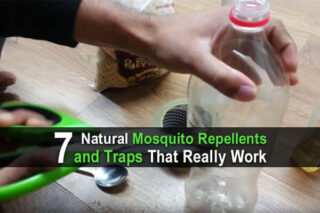Estimated reading time: 3 minutes
It's the middle of summer, and that means bugs are everywhere. Gnats, ticks, ants, mosquitoes, and all sorts of other six-legged creatures. They come out in the evening when it's cooler, and they crawl inside your house during the day to escape the heat. This is an even bigger problem on homesteads, where bugs live in a paradise of compost heaps, livestock dung, and huge gardens.
Now of course, you could go out and buy a bunch of pesticides and bug sprays. But if you're like most homesteaders, you're worried about too many unnatural chemicals ending up in your food and in the air. Fortunately, there are certain substances that bugs absolutely hate but are perfectly safe for humans, and that is the topic of this video by Off Grid With Doug & Stacy.
Want to save this post for later? Click Here to Pin It on Pinterest!
Here are some of the things they use to repel bugs:
Lemon Slices with Cloves – Just stick some cloves into lemon slices, then place them outside wherever you're sitting or eating. Bugs hate these and will keep their distance.
Lemon Balm or Peppermint – Simply take lemon balm or peppermint leaves and rub them on any skin that is exposed. This will keep bugs (particularly mosquitoes) away. Plus, it smells great.
DIY Bug Spray – Just mix equal parts witch hazel (or isopropyl alcohol) and distilled water (or tap water that has been boiled) in a spray bottle. Then add a few drops of an essential oil such as lavender or eucalyptus, although the most effective is clove oil.
If you don't have essential oils, put two or three tablespoons of the herb in a few cups of water and boil it. Once it has cooled off, strain it, then mix it with your witch hazel or isopropyl alcohol.
Apple Cider Vinegar with Herbs – Put a cup of various dried herbs (thyme, rosemary, or whatever you want) into a 32-ounce container, then fill it up with apple cider vinegar. Let it sit for a few weeks while shaking it up every few days. Strain it and pour it into a spray bottle until the bottle is half full, then fill the bottle the rest of the way with distilled (or boiled) water.
For a more detailed discussion of these DIY bug sprays, watch the video below.



